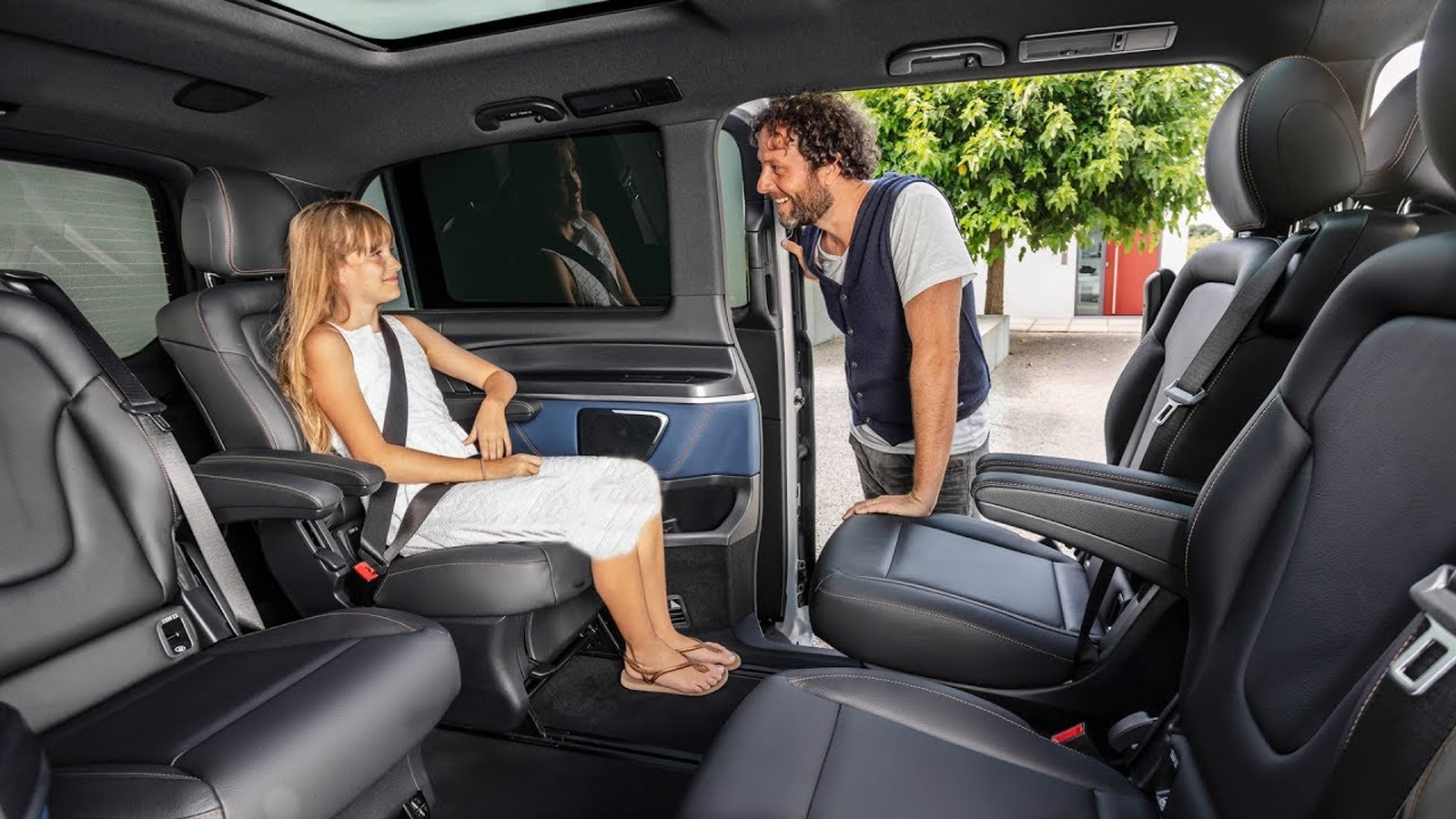New Mercedes V-Class EV Will Arrive in the US in 2026
Mercedes-Benz unveils plans to introduce an all-electric V-Class minivan to the US market, signaling a shift towards electric mobility in the luxury van segment.














Mercedes-Benz's Electric Van Strategy Unveiled
Mercedes-Benz is set to revolutionize the American minivan market by introducing an all-electric V-Class in 2026, marking a significant step in the company's electric vehicle (EV) strategy. Departing from the EQV name used in European markets, the new model will leverage the VAN.EA platform, purpose-built for battery electric vehicles (BEVs), offering customers a variety of options at different price points.
Aiming for Upmarket Appeal in the US
The third-generation V-Class, underpinned by the VAN.EA platform, is designed to cater to American consumers with its upmarket appeal. With single and dual motor setups, two battery sizes, and options for rear- or all-wheel drive, Mercedes aims to capture a diverse market segment. This move signals Mercedes' commitment to providing luxury and versatility in the electric minivan segment.
Continued Innovation in Design and Technology
Despite its recent facelift, the V-Class has undergone significant interior updates, incorporating cutting-edge technologies such as MBUX and other advanced features to enhance the driving experience. The new electric V-Class promises to further elevate this standard, offering a blend of sophistication and functionality that appeals to discerning buyers.
VAN.EA Architecture: The Backbone of Innovation
At the heart of Mercedes' electric van initiative lies the VAN.EA architecture, featuring modular 'blocks' that facilitate flexibility and scalability across different van models. With a focus on electric drivetrain integration and cabin/cargo area customization, this platform sets the stage for future advancements in electric mobility.Mercedes targets an electric range of over 310 miles for the V-Class, coupled with Level 2 self-driving technology. Moreover, there are prospects for Level 3 autonomous driving features, showcasing the brand's commitment to safety and innovation in the evolving automotive landscape.
Aiming for Long Range and Advanced Driving Assistance
Mercedes targets an electric range of over 310 miles for the V-Class, coupled with Level 2 self-driving technology. Moreover, there are prospects for Level 3 autonomous driving features, showcasing the brand's commitment to safety and innovation in the evolving automotive landscape.
Competing in a Dynamic Market
Mercedes' reentry into the US minivan market comes after the discontinuation of the Metris Passenger Van due to lackluster sales. However, with a renewed focus on electric mobility and upscale offerings, the company aims to carve out a niche in a market increasingly receptive to electric vehicles.
Building on Past Experience and Future Ambitions
As Mercedes-Benz prepares to roll out its all-electric V-Class in the USA, it builds upon its legacy of innovation and luxury. With an eye towards sustainability and technological advancement, the V-Class represents a significant milestone in Mercedes' journey towards electrification and redefining the minivan segment.
In regards to the fully electric Mercedes V-Class, we can't seem to shake this one thought: Minivans are traditionally family vehicles, often perfect for long road trips. How will American families react to the possibility of having a handful of bored children wait around a charging station for an hour every few hundred miles?
>>Join the conversation about the upcoming EV V-Class right here on MBWorld.org
For help with your maintenance and repair projects, please visit our How-to section in the forum.
